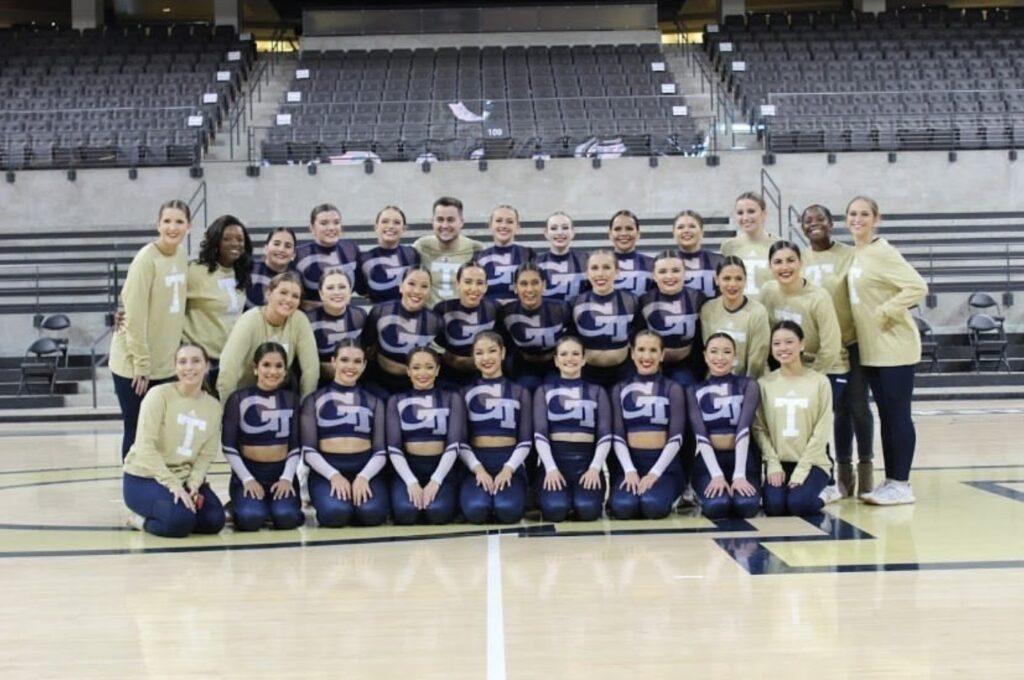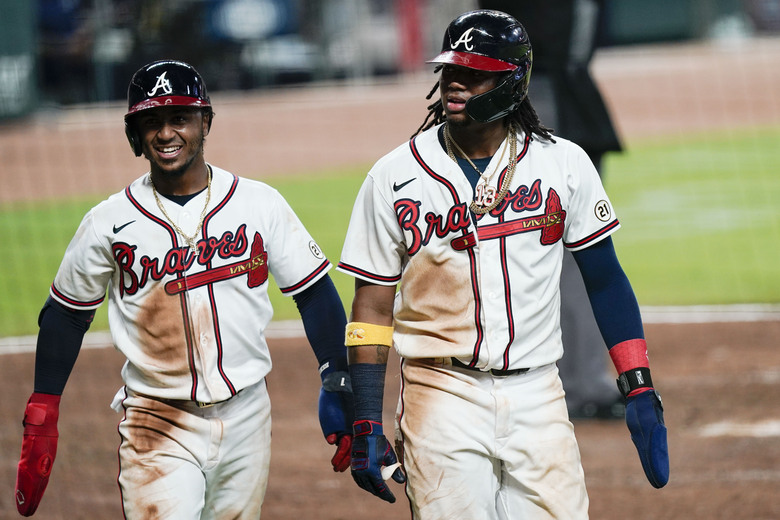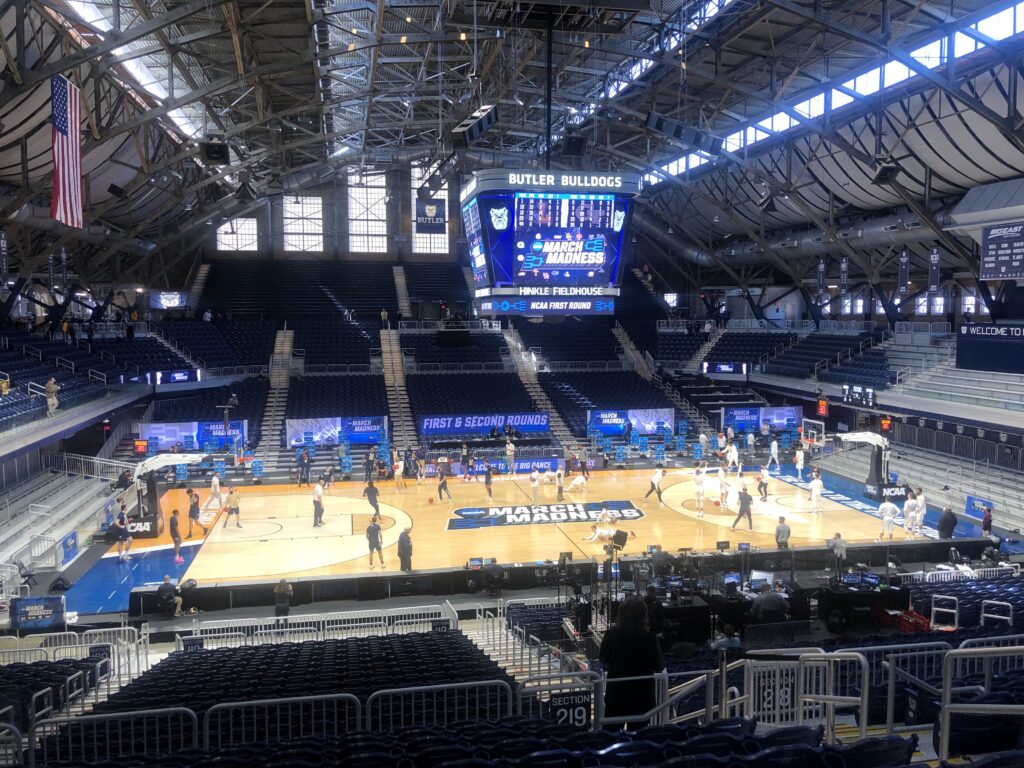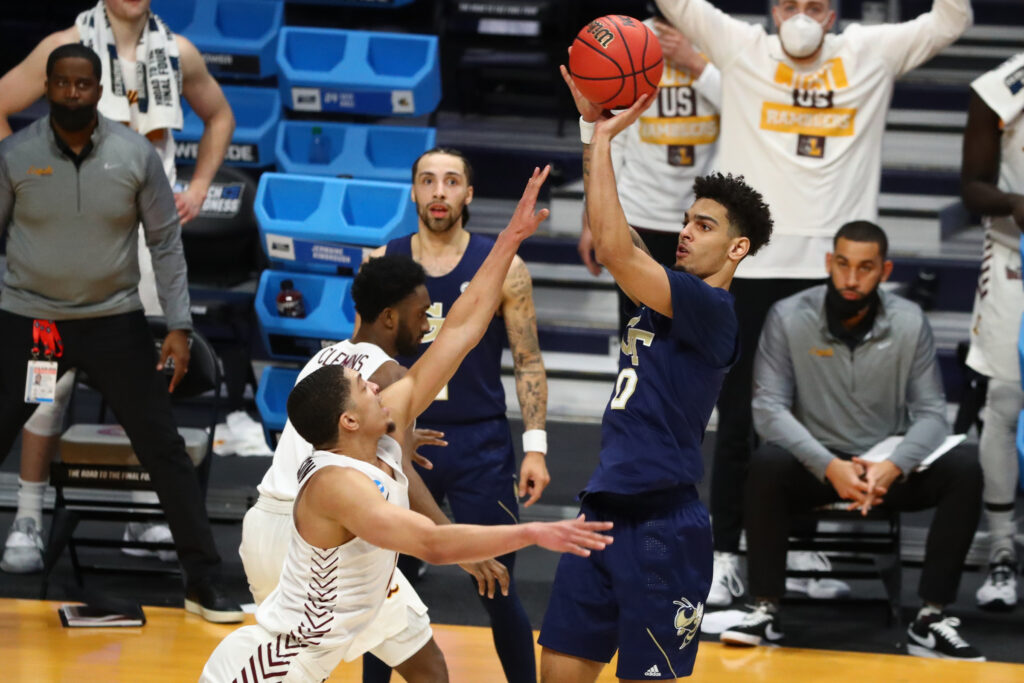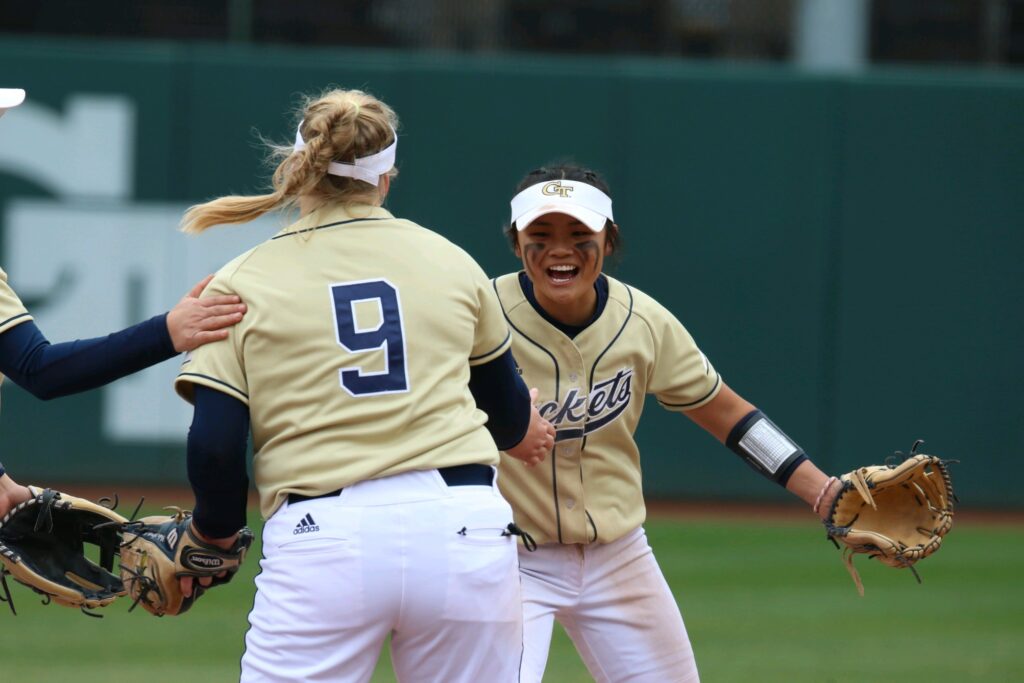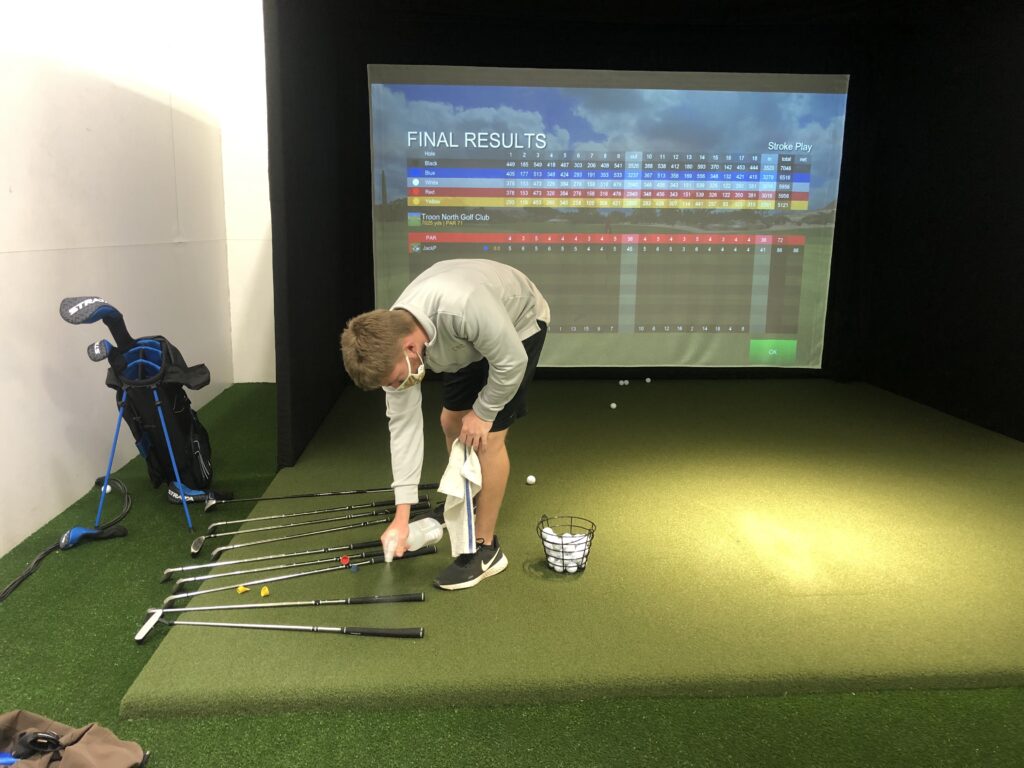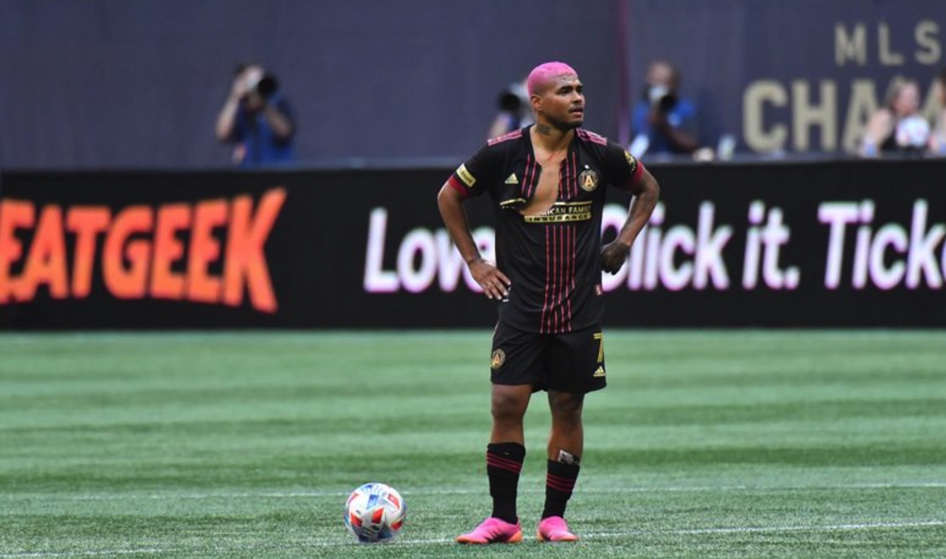
For Atlanta United, 2021 came with much anticipation because of the return of striker Josef Martinez from injury, along with the debut of the Five Stripes’ new manager, Gabriel Heinze. Add in off-season signings Santiago Sosa and Alan Franco to shore up the defensive depth, and hopes were much higher than in the waning days of Frank De Boer’s reign.
In April, United got through their first round of the CONCACAF Champions League beating Alajuelense 2-0 on aggregate. They followed those wins by beating the Chicago Fire in their MLS home opener 3-1. Three days later, after playing what was one of the most technically proficient halves of soccer seen in Mercedes-Benz Stadium, the Five Stripes couldn’t score on their eight shots at Philadelphia keeper Andre Blake. Their high press tactics continued in the 2nd half, but at the expense of three Philadelphia goals. This loss, the first leg of their CCL tie with the Union, all but eliminated them before the 2nd leg the following week in Philadelphia.
United similarly found a way to turn around mid-season, but with far greater drama. After the losses to the Union, Atlanta went on an AFC Richmond style run, drawing seven times before July to teams all over the MLS table from Seattle to Miami.
This stretch of draws had a range of causes. Starting midfielder Emerson Hyndman tore his ACL in practice, multiple standout players left on international duty in the summer (Copa America, Gold Cup, Olympics), and soon the to be revealed training mismanagement.
What truly catalyzed a change in the clubhouse was Heinze’s benching of Martinez and had him practicing solo once he returned from Copa America. News of this sent the fanbase alight, inspiring the supporters section to perform their Martinez chant during the 7th minute of the first home match he was eligible to return for while being benched.
What eventually came out in the following days was that Heinze, already notorious for running intense training sessions before coming to Atlanta, had violated multiple MLS rules regarding training, which resulted in the MLSPA filing multiple grievances (a repeating pattern in Atlanta from the Tata Martino days).
The sum of these problems, and the notable lack of success on the pitch, eventually led United to fire Heinze, who in the interim was replaced with Rob Valentino, one of the United assistants.
In matches under Valentino, United looked and played like a whole new team. After being one of the best possession under Heinze, but simultaneously of the worst goal scoring teams, United went 4-2-2 under Valentino.
Josef has returned much more to his form, scoring in four of their last six matches. Team chemistry immediately was better on the pitch, and ultimately they visibly looked like they were playing their own style again.
After sourcing multiple candidates, United hired Seattle Sounders assistant Gonzalo Pineda to succeed Valentino, one the prime coaching candidates within MLS. On top of that, United brought in a major transfer to finally fill the hole left by Hyndman, bringing in 25 year old Brazilian midfielder Luiz Araújo from Lille.
In the three appearances made by Luiz as of writing, he’s already brought incredible speed to the attack that hasn’t been seen since the departure of Miguel Almiron.
Pineda’s first match as manager against Nashville SC on the 28th left much to be desired in an 0-2 loss. United played far more reclusively than in their Valentino matches, to which Pineda said “This one is on me. I always say that I have big shoulders to take responsibility, and this one is on me.”
United next plays Friday, Sept. 10 at home against Florida rivals Orlando City SC. Atlanta currently sits ninth in the Eastern Conference with 27 points, 3 points away from the last playoff spot held by DC United. Their record stands at six wins, nine draws, and seven losses.


